By Jeremy KUZMAROV
n Wednesday April 14th, President Joe Biden announced that he would end the U.S.’s longest war and withdraw U.S. troops from Afghanistan on the 20th anniversary of the September 11th, 2001 terrorist attacks.
Over 6,000 NATO troops will also be withdrawn by that time.
“War in Afghanistan was never meant to be a multigenerational undertaking,” Biden said during his remarks from the White House Treaty Room, the same location from which President George W. Bush had announced the war was beginning in October 2001. “We were attacked. We went to war with clear goals. We achieved those objectives. Bin Laden is dead and al Qaeda is degraded in Afghanistan and it’s time to end the forever war.”
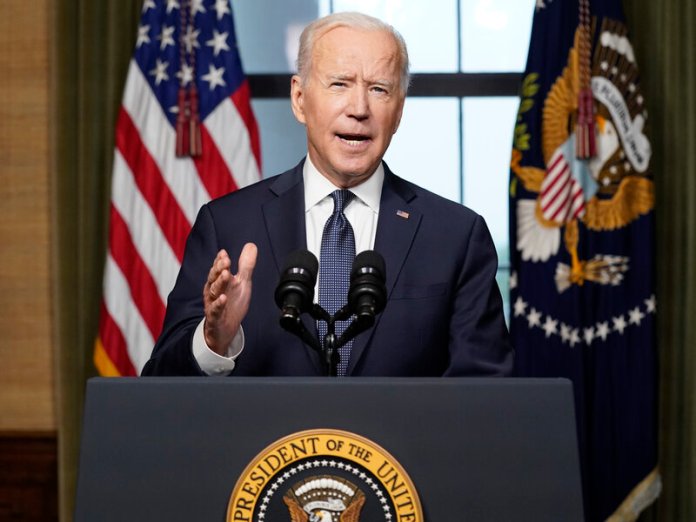
Biden announcing troop withdrawal on April 14th. [Source: npr.org]
Their mission will be to “find and attack the most dangerous Qaeda or Islamic state threats, current and former American officials said.”[1]
The Times further reported that the United States maintains a constellation of air bases in the Persian Gulf region as well as in Jordan, and a major air headquarters in Qatar, which could provide a launching pad for long-range bomber or armed drone missions into Afghanistan.[2]
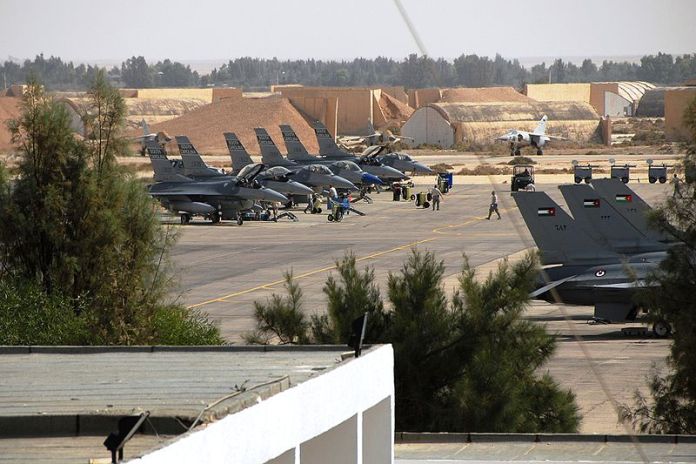
U.S. Air Base in Jordan [Source: enroyanews.tv]
Further, Hoh said that “Regardless of whether the 3500 acknowledged U.S. troops leave Afghanistan, the U.S. military will still be present in the form of thousands of special operations and CIA personnel in and around Afghanistan, through dozens of squadrons of manned attack aircraft and drones stationed on land bases and on aircraft carriers in the region, and by hundreds of cruise missiles on ships and submarines.”
Mercenaries R Us
The meaninglessness of President Biden’s announcement becomes apparent when we consider that the Pentagon employs more than seven contractors for every serviceman or woman in Afghanistan; an increase of one contractor for every serviceman or woman a decade ago.
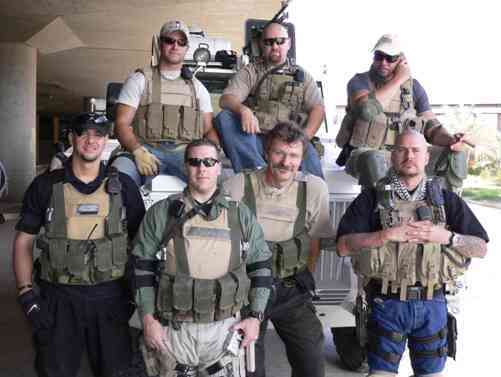
The Dogs of War: Mercenaries in Afghanistan. [Source: isiria.wordpress.com]
Most of the mercenaries are ex-military veterans, though a percentage are third-country nationals who are paid meager wages to perform menial duties for the military.
One of the biggest mercenary companies is DynCorp International of Falls Church Virginia, which has received over $7 billion in government contracts to train the Afghan army and manage military bases in Afghanistan.
From 2002-2013, DynCorp received 69 percent of all State Department funding. Forbes Magazine called it “one of the big winners of the Iraq and Afghan Wars;” the losers being almost everyone else.

DynCorp International’s Afghanistan Operations team, which supports almost all its programs in Afghanistan. [Source: dyn-intl.com]
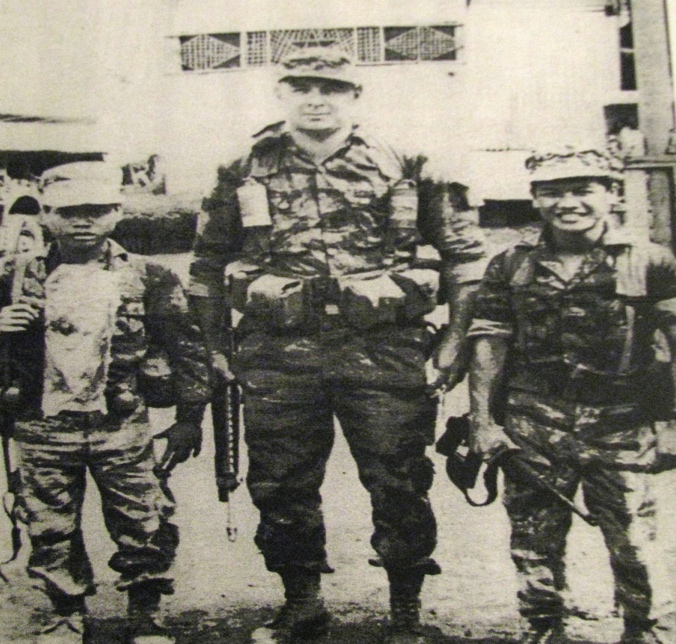
CIA officer Tom Poole with two Hmong soldiers who were trained as part of the CIA’s Hmong clandestine army. [Source: donmooreswartales.com]
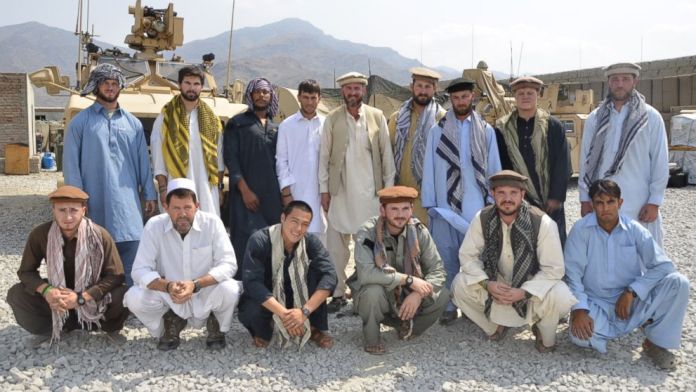
American Special Forces under the direction of Jim Gant dress as locals in an attempt to recruit them for anti-Taliban operations. [Source: abcnews.go.com]
What Uncle Sam Really Wants in Afghanistan
Republican war hawk James Inhofe (R-OK) lambasted Biden’s withdrawal plan, stating that this was a “reckless and dangerous decision. Arbitrary deadlines would likely put our troops in danger, jeopardize all the progress we’ve made, and lead to civil war in Afghanistan—and create a breeding ground for international terrorists.”[5]
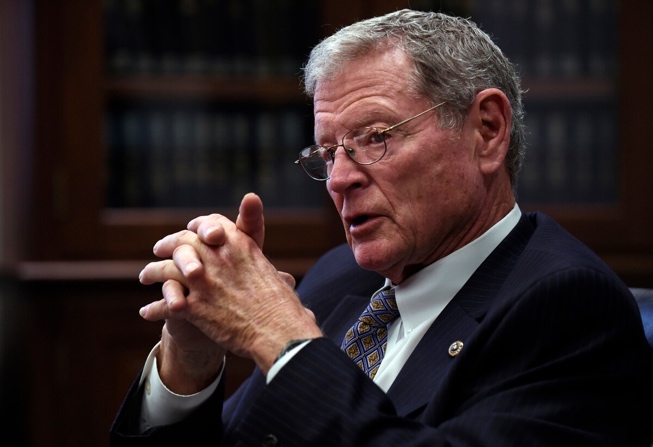
James Inhofe [Source: defensenews.com]
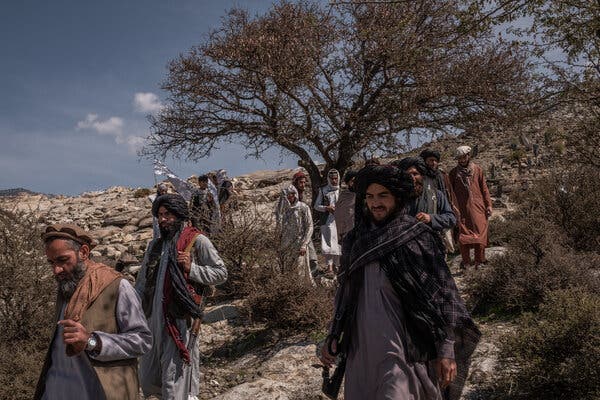
Members of the Taliban in Laghman Province. [Source: nytimes.com]
The U.S. has announced intentions to retain at least two military bases in Afghanistan after the official troop drawdown, and set up over one thousand bases during the war.
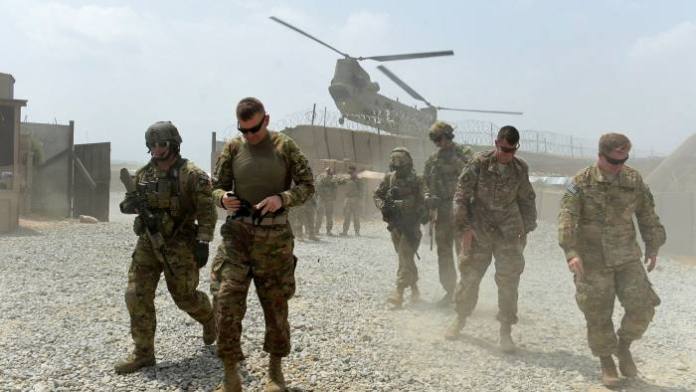
U.S. troops at one of many U.S. military bases in Afghanistan. [Source: ft.com]
In 2001, when the U.S. first invaded Afghanistan, it was in the process of expanding its military infrastructure in Central Asia. Afghanistan provided a key way-station to this new “oil dorado,” which holds as much as 200 billion barrels of oil—about ten times the amount found in the North Sea, and a third of the Persian Gulf’s total reserves.
Afghanistan was further valued at the time as a key location for an oil pipeline that would transport Central Asian oil to the Indian Ocean while bypassing Russia.
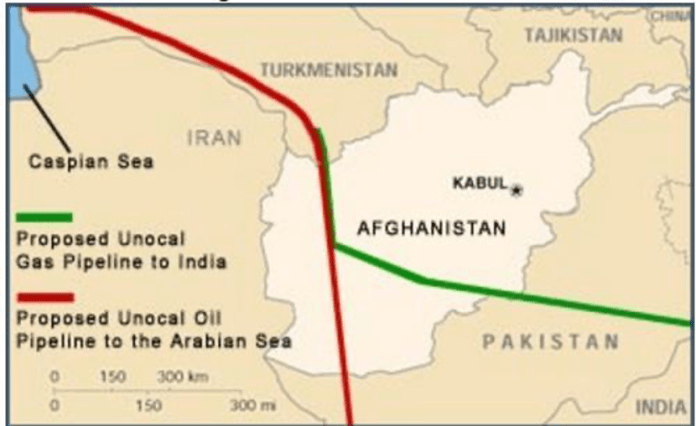
Pipeline route. [Source: iakal.wordpress.com]
The U.S. ruling establishment’s greatest fear is that a complete U.S. withdrawal from Afghanistan might result in the U.S. losing a strategic foothold to its main geopolitical rivals, China and Russia, in Afghanistan
China has recently increased its trade and investment in Afghanistan—with which it shares a border—and has sought to cultivate better relations with the Afghan government and Taliban.
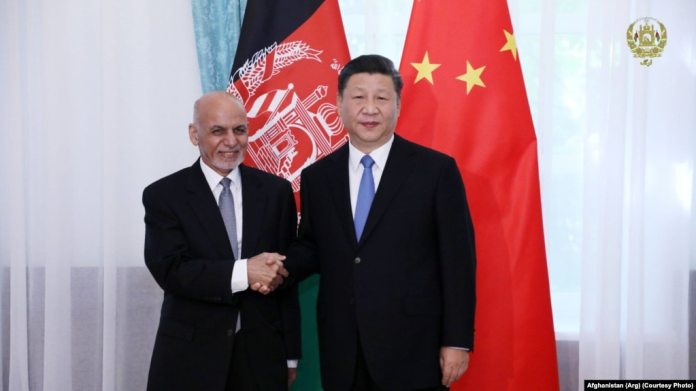
Chinese Premier Xi Jingping and Afghan President Ashraf Ghani in Kyrgyzstan in June 2019. [Source: gandhara.rferl.org]
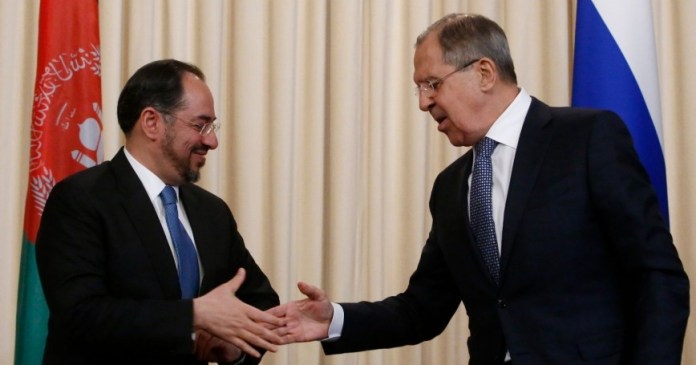
Russian Foreign Minister Sergei Lavrov and his Afghan counterpart Salahuddin Rabbani shake hands after their meeting in Moscow, Russia, February 7, 2017. [Source: rand.org]
The U.S. wants to keep Ghani in power, or replace him with another proxy that can help it win the geopolitical competition with Russia and China, which is little different from the 19th century “great game” between Great Britain and Russia.
As long as the U.S. empire remains intact, the war as such will go on, and on—and on.
- Helen Cooper, Thomas Gibbons-Neff and Eric Schmitt, “Biden Sets End Date for Nation’s Longest War,” The New York Times, April 14, 2021, A1, A13.
- Cooper, Gibbons-Neff, Schmitt, “Biden Sets End Date for Nation’s Longest War,” A13.
- See Fred Branfman, Voices from the Plain of Jars: Life Under an Air War, revised edition, with new foreword by Alfred W. McCoy (Madison, WI: University of Wisconsin Press, 2013).
- See Ann Scott Tyson, American Spartan: The Promise, The Mission, and the Betrayal of Special Forces Major Jim Gant (New York: William Morrow, 2014). Gant promoted a strategy of “tribal engagement.” In Kunar province, he met with an Afghan chief, Malik Noorafzhal whom he nicknamed “Sitting Bull” after the Indian chief of the age of the 19th century Indian Wars. Jim Gant, “One Tribe at a Time: A Strategy for Success in Afghanistan”.
- Cooper, Gibbons-Neff, Schmitt, “Biden Sets End Date for Nation’s Longest War,” A13. Inhofe it should be noted is a war profiteer. He invested in Raytheon stocks at the same time he was calling for an increase in the defense budget as Chairman of the Senate Armed Services Committee. Raytheon is a leading arms manufacturer. ↑








